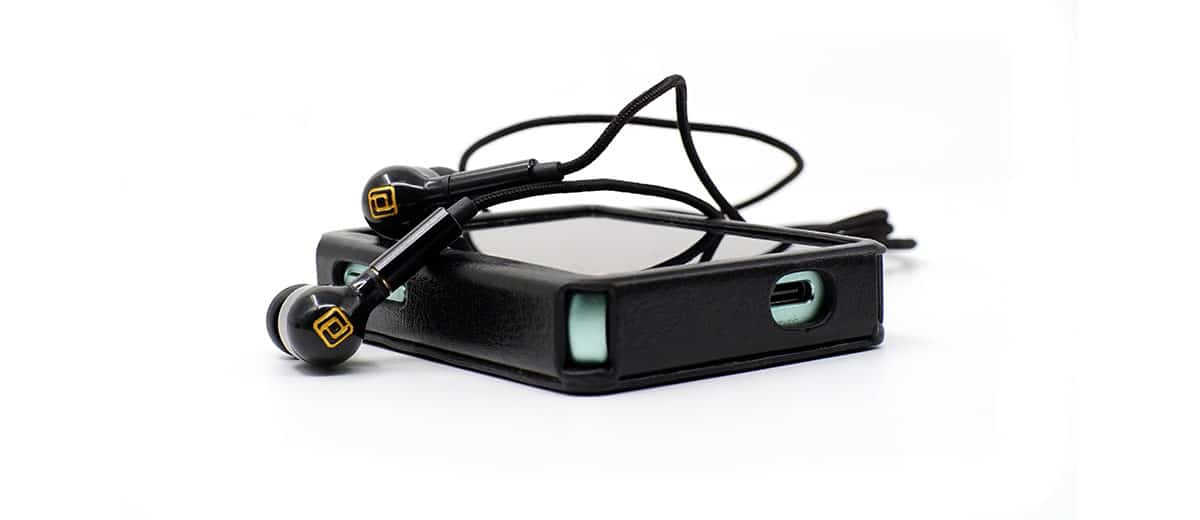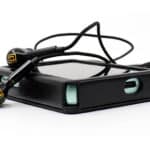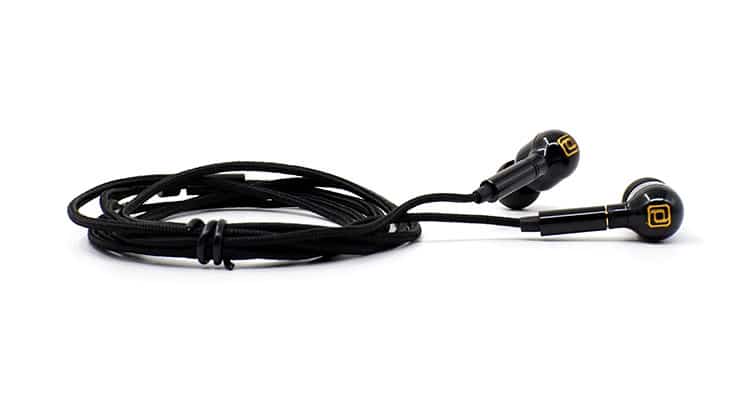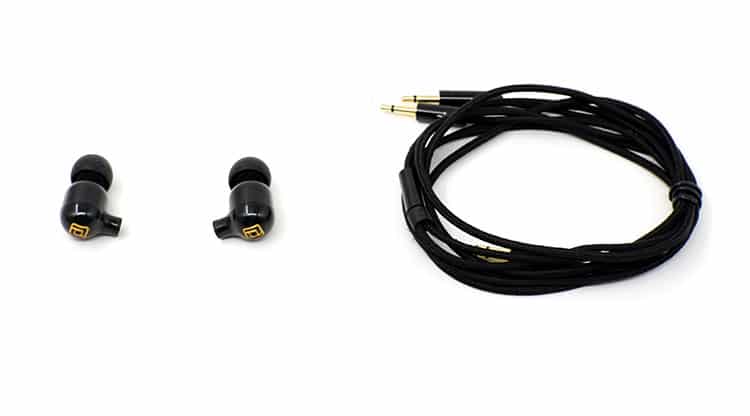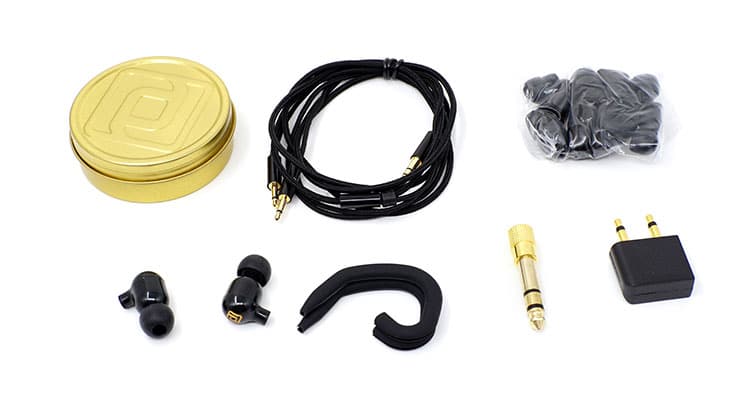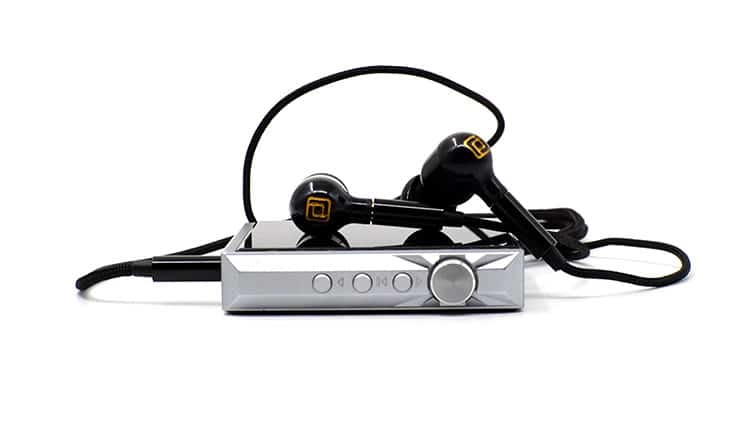In today’s post, we review the new Periodic Audio Beryllium V3 which is one of the company’s most popular single dynamic driver universal IEMs. It is priced at $249.
Disclaimer: This sample was sent in exchange for our honest opinion. Headfonics is an independent website that does not have any affiliate links. We thank Periodic Audio for this opportunity.
You can click here to learn more about previous Periodic Audio products highlighted on Headfonics.
Note, that this article follows our latest scoring guidelines which you can read here.
We’ve gone through Periodic Audio’s first two dynamic driver IEMs so now it’s time for Periodic Audio’s crowd favorite, the Beryllium V3.
We are no strangers to Periodic Audio, so if you want to know more about the brand, check out our previous reviews of the Titanium V3 and the Magnesium V3 here.
Same as the previous monitors, Periodic Audio names their IEMs with the material of the transducers inside. So, that means the Beryllium V3 is composed of a single dynamic driver with a Beryllium Diaphragm.
Periodic Audio’s highest-awarded IEM, costing $200 more than its entry-level Magnesium V3, is positioned to be a fantastic master-of-all-music, failure-at-none. Periodic Audio dares say this is “Your Endgame” and the Beryllium is “a Desert Island Must-Have”.
This is the third installment of a 4-part series of reviews on Periodic Audio’s newly designed generation 3 monitors.
Tech Highlights
The Beryllium V3 is composed of a single dynamic driver monitor. Periodic Audio names its monitors after the driver materials, in this case, a beryllium diaphragm is inside this IEM.
Beryllium is a special kind of metal that has the lowest density and a high ratio of stiffness. The stiffness of the material restricts the diaphragm to bend on its own, which allows it to have high efficiency and low distortion.
Design
Similar to the Magnesium V3 and Titanium V3, the Beryllium comes in the same bullet-type case. If you’re familiar with the older generation, you’re in for a shock because the V3s are a total refresh from the previous ones.
They are now rounder in appearance and have detachable cables. The shell is made out of a special Tritan blend called a Tritan copolyester. They ditched the previous polycarbonate build, to produce the best yet sonic qualities with a much lower resonance of 4db.
The new Tritan blend also enables the monitors to have a cleaner sound and a lower noise floor.
Comfort & Isolation
Same with the Magnesium V3 and Titanium V3, the Beryllium V3 is incredibly light. When walking around with these, it feels very seamless, as if I’m not wearing anything.
They do feel comfortable, even for long periods. They do not easily fall out, even while wearing them without ear hooks – old-school style.
The stock silicon tips are okay. Outside noise is drowned out well, while still allowing some sound to pass through. I would say the amount of isolation is average and functional even when wearing outside.
Tips
Periodic Audio included 3 sets of tips – silicon dual flange, single bore, and foam tips. In terms of isolation, the foam tips are the best in drowning out outside noise.
Although the dual flanges give a good seal, I found it to be a bit intrusive and uncomfortable in the long run. I keep mine with the single bore tips as I found it to be the most comfortable out of the three.
Stock Cable
Periodic Audio deviates from the common MMCX and 2-pin 0.78mm termination. Instead, they use an in-house IDEEL connector, which is claimed to be more robust.
A commonly used 2.5mm TS plug is connected to the tiny monitors, which I find to be genius by the way. It makes it easy to remove and insert cables, similar to plugging a 3.5mm SE into your phone or dongle.
Because of the unique connector, the stock cable is also quite unique. It is 1.2 meters long with its 3.5mm TRS to dual 2.5mm TS jack. Visibly, the wire is also thin and light.
One gripe I have about this cable is its excessive microphonics. The cable is insulated with a woven fabric, which is known to have bad microphonics. The only way to reduce the noise is to wear the IEMs over your ears with the silicone guide or to use the chin-slider.
Packaging & Accessories
The Beryllium V3 comes in a relatively small box. It is compact and minimal, with a straightforward unboxing experience. Inside the box, you can immediately see the monitor along with a compact gold metal protective travel case.
Despite its plain packaging, the accessories included are quite generous. The package includes a 1.2m cable, a gold-plated ¼” TRS Adapter Jack, a gold-plated dual mono airplane adapter, and a silicone wire guide.
The 3 tips are enclosed in a small plastic bag and include single flange tips (S, M, L), dual flange tips (S, M, L), and memory foam tips (S, M, L).
Sound Impressions
Bass
Bass! Periodic Audio really nails it in the bass territory. The Beryllium V3’s bass goes low with just the right amount of tightness to it. It drops low and retracts quickly, giving the listeners a very good punch.
The bass on the Beryllium is indeed elevated. But fear not, with its level of control, it leaves the upper frequency alone. Mid-bass is very clean and well textured. The sub-bass and mid-bass region have a good blend, which makes the bass response sound full and complete.
I’ve used this across different genres and the bass response, both sub-bass and mid-bass regions are pretty impressive. It pumps up extra musicality on different tracks, leaving my head rocking without even realizing it!
Mids
The midrange on the Beryllium V3 is a bit forward compared to its other frequencies. Despite the forward midrange, these are nowhere shouty. In fact, they’re comfortably tuned, to have a good listen with its luscious midrange.
Vocals on the Beryllium V3 sound very natural and full. Male and female vocals are mostly even, without feeling overpowered by the other. Given the number of bass on these monitors, I’m impressed how they still kept the midrange clean and articulate.
Detail retrieval is pretty good with the Beryllium V3s. Vocal timbre is well heard, with a full presentation. Instruments are also presented very well, with a natural and a hint of warmth in them. With busy tracks, the Beryllium excels with its accuracy and articulate layering.
Treble
Treble on the Beryllium is comfortably tuned. They are clearly not the star of the show but they are rightly companions to the deep lows and rich midrange.
The treble extends well. It does have an airy top while maintaining a laid-back tuned treble. They are not as energetic as I would like them to be. For instance, guitar strums are not perfectly crisp, but it does sound very natural and pleasing.
One thing I’m impressed with is how smooth the treble feels. There is neither grainy noise, nor piercing highs found. It’s very clean and articulate, with a good sense of control.
Staging
If there is one thing I would like to change with these IEMs, it would be the soundstage. It does have very good height and depth.
However, the width is lacking, especially when compared to other IEMs in this price range. These are nowhere holographic, although, they have decent imaging.
Busy tracks are handled with ease, with a good number of gaps to feel the distinct layers. They are projected well into a 3d dimension, although quite limited with their shallow field.
Synergy
Efficiency
The Beryllium V3 is very easy to drive. With a low impedance of 32Ω and sensitivity of 96dB SPL, it can be easily driven by a standard smartphone. These are pretty easy to power up, just plug in with the dongle of your choice and you’re good to go with this lightweight setup.
Do note that the Beryllium V3 does scale when used with a dedicated audio player. It’s easy to feel the difference when playing the Beryllium V3 with either the Hidizs AP80 Pro-X or Hiby R3 Pro. It enhances the soundstage and clarity of the monitor.
Pairings
For a neutral monitor with a bass lift, this monitor is pretty easy to pair. Just accentuate the frequency that you like the most then you would be okay.
Depending on your taste, a Hidizs AP80 Pro-X or Hiby R3 Pro would be a good pairing for this monitor. For a fuller midrange and beefy lows, the Hidizs AP80 Pro-X would do the job easily. It gives a full midrange, with a slight boost in the sub-bass region.
The Hiby R3 Pro will do better in extending the Beryllium V3’s higher frequency performance, which would be a good combination with this monitor.

